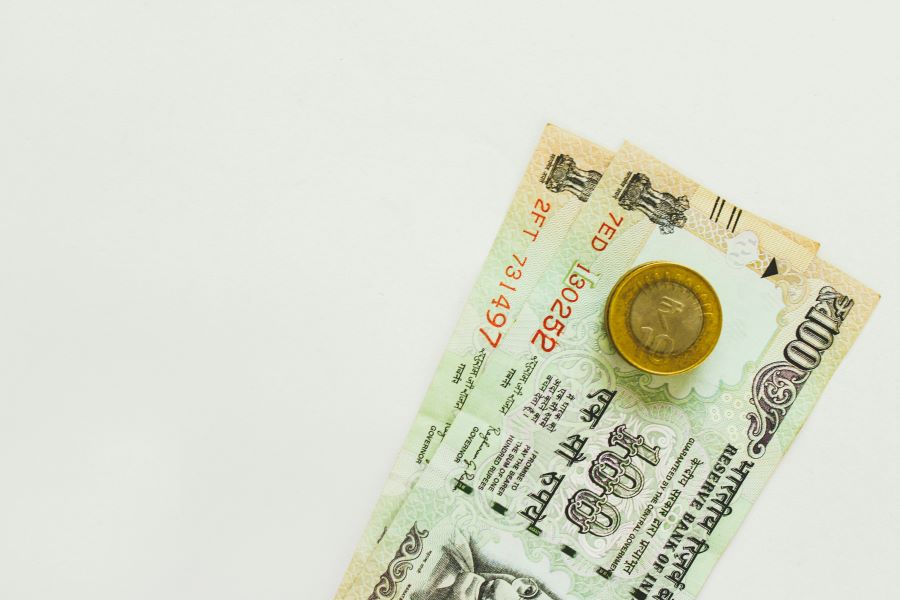When it comes to growing your hard-earned money, you may find yourself confused between fixed deposits (FDs) and savings accounts. Both are popular investment options in India, but which one guarantees better returns? In this article, we’ll dive deep into fixed deposit returns vs. savings account interest rates. By understanding the key differences and benefits, you can make an informed decisions and learn how Airtel Finance can help invest your funds smartly for optimal growth.
Get high ROI with 8.8% on Fixed Deposits. Invest today
Understanding Fixed Deposits and Savings Accounts
What Makes FDs Unique?
Fixed deposits, or term deposits, are investment instruments where you lock in your money for a predetermined period at a fixed interest rate. Here are some key characteristics of FDs:
- Tenure: FDs have a fixed tenure ranging from 7 days to 10 years. You choose the duration based on your financial goals and liquidity needs.
- Interest rates: FDs offer higher interest rates than savings accounts. The rates vary based on the tenure and the financial institution.
- Guaranteed returns: Once you invest in an FD, the interest rate remains fixed for the entire tenure, ensuring predictable and guaranteed returns.
Savings Accounts: The Basics
Savings accounts are deposit accounts that allow you to park your money while earning a modest interest rate. Here’s what you need to know about savings accounts:
- Liquidity: Savings accounts offer high liquidity, allowing you to withdraw funds anytime without penalties.
- Interest rates: Savings account interest rates are generally lower than FD rates and can vary based on the bank and market conditions.
- Flexibility: You can deposit and withdraw money at your convenience, making savings accounts ideal for emergency funds and short-term savings.
Fixed Deposit Returns vs. Savings Account Interest Rates
Interest rate comparison
One of the primary factors to consider when comparing fixed deposits and savings accounts is the interest rate. Let’s take a closer look:
|
Investment Option |
Interest Rate Range |
|
Fixed Deposits |
5% – 8.8% p.a. |
|
Savings Accounts |
3.1% – 4.1% p.a. |
As you can see, fixed deposits typically offer higher interest rates compared to savings accounts. For instance, Airtel Finance offers attractive FD interest rates of up to 8.8% p.a., depending on the tenure. You can easily calculate your potential returns using the Airtel Finance FD interest calculator.
Guaranteed returns with FDs
One of the key advantages of fixed deposits is the assurance of guaranteed returns. When you invest in an FD, the interest rate remains fixed for the entire tenure, regardless of market fluctuations. This means you can accurately predict your returns and plan your finances accordingly.
Let’s consider an example:
Suppose you invest ₹1 lakh in an Airtel Finance FD for 1 year at an interest rate of 8% p.a. Your guaranteed returns at the end of the tenure would be:
Principal amount: ₹1,00,000
Interest rate: 8% p.a.
Tenure: 1 year
Maturity amount = Principal amount × (1 + Interest rate)^(Tenure in years)
= ₹1,00,000 × (1 + 0.08)^1
= ₹1,08,000
So, you can be certain of earning ₹8,000 as interest on your FD investment.
Savings accounts: Variable returns
In contrast, savings account interest rates are variable and subject to change based on the bank’s policies and market conditions. While some banks may offer higher savings rates for larger balances, the returns are still lower compared to FDs.
For instance, if you maintain an average balance of ₹1 lakh in your savings account with an interest rate of 4% p.a., your annual returns would be around ₹4,000. However, this return is not guaranteed and may fluctuate based on changes in the interest rate.
Liquidity and Flexibility
Emergency funds: Savings accounts take the lead
When it comes to emergency funds, savings accounts have an edge over fixed deposits. The high liquidity of savings accounts allows you to access your money whenever you need it without any penalties or restrictions.
In case of an unexpected expense or financial emergency, you can easily withdraw funds from your savings account. On the other hand, premature withdrawals from FDs may attract penalties and result in a loss of interest earnings.
FDs: Limited liquidity but higher returns
Fixed deposits offer limited liquidity during the tenure. If you withdraw your FD prematurely, you may have to pay penalties, and the interest rate may be reduced. However, some financial institutions, like Airtel Finance, offer loans against FD facilities, allowing you to access funds without breaking your deposit.
While FDs may not be the best option for emergency funds, they are ideal for long-term savings and wealth creation. The higher interest rates and guaranteed returns make FDs a preferred choice for financial goals like saving for a down payment, funding your child’s education, or planning for retirement.
Tax Benefits and Implications
Tax benefits on FDs
Fixed deposits offer certain tax benefits under Section 80C of the Income Tax Act. If you invest in a 5-year tax-saving FD, you can claim a deduction of up to ₹1.5 lakh on your taxable income. However, the interest earned on FDs is taxable as per your income tax slab.
Savings account tax implications
The interest earned on savings accounts is also taxable. However, you can claim a deduction of up to ₹10,000 on the interest earned under Section 80TTA of the Income Tax Act. This deduction is available only for individuals and Hindu Undivided Families (HUFs).
In the battle of fixed deposit returns vs. savings account interest rates, fixed deposits emerge as the clear winner when it comes to guaranteed returns and wealth creation. With higher interest rates and the assurance of fixed returns, FDs are an excellent choice for long-term financial goals.
However, savings accounts still play a crucial role in your financial portfolio by providing liquidity and easy access to funds for short-term needs and emergencies.
To make the most of your investments, consider allocating your funds strategically between fixed deposits and savings accounts based on your financial goals, risk appetite, and liquidity requirements. Airtel Finance offers a range of FD options with competitive interest rates and easy online account opening. Explore Airtel Finance fixed deposits to start your investment journey today!
FAQs
1. Can a savings account offer similar returns to fixed deposits under certain conditions?
In some cases, savings accounts with high balances may offer interest rates comparable to short-term FDs. However, these rates are still lower than long-term FD rates and are subject to change.
2. How do fixed deposit interest rates compare to savings account rates?
Fixed deposit interest rates are generally higher than savings account rates. FDs can offer rates ranging from 5% to 9.4% p.a., while savings accounts typically offer 3.1% to 4.1% p.a.
3. What are the limitations of fixed deposits compared to savings accounts?
Fixed deposits have limited liquidity during the tenure. Premature withdrawals from FDs may attract penalties and result in a loss of interest earnings. Savings accounts offer more flexibility in terms of deposits and withdrawals.
4. Do fixed deposits offer guaranteed returns regardless of market conditions?
Yes, fixed deposits offer guaranteed returns as the interest rate remains fixed for the entire tenure, irrespective of market fluctuations. This ensures predictable returns on your investment.
5. Can a savings account ever outperform a fixed deposit?
In rare cases, a savings account with a high balance and a preferential interest rate may offer returns similar to a short-term FD. However, FDs generally offer better returns, especially for longer tenures.



